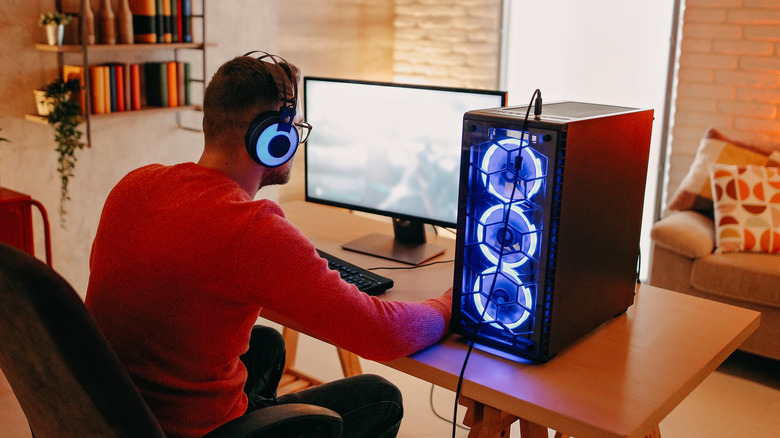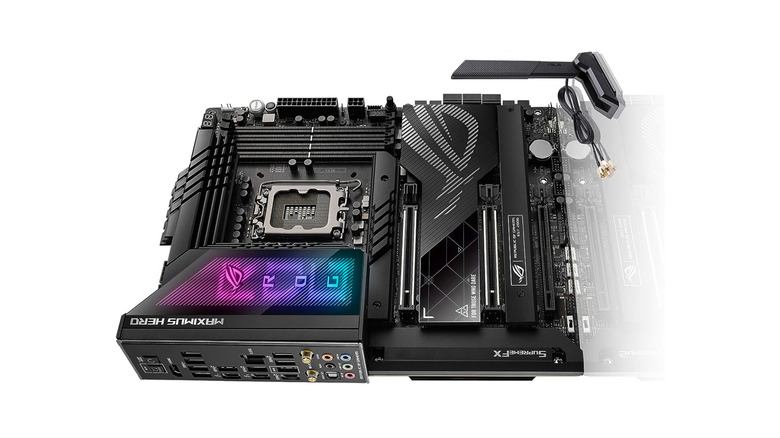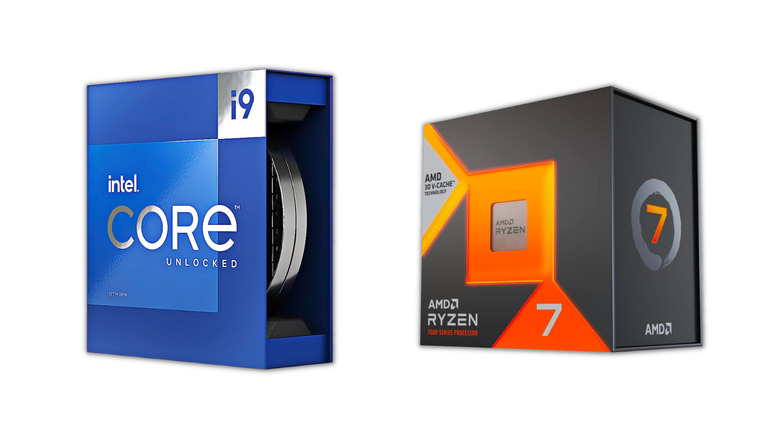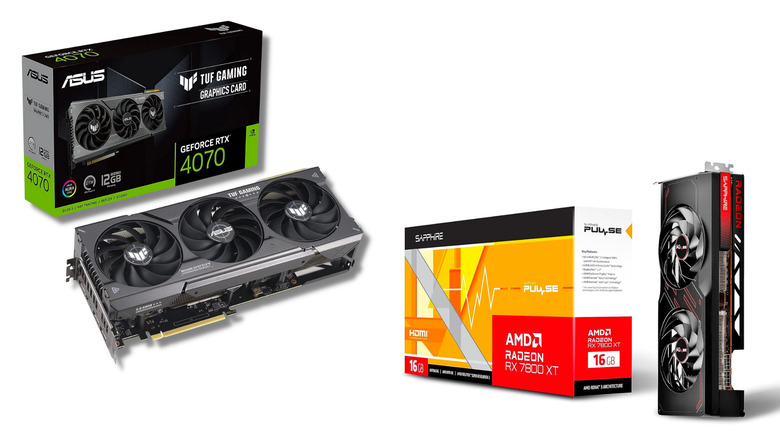How To Future Proof Your Gaming PC Build
So you're worried about how your gaming PC rig will age and whether you can do something to future-proof it. And anyone who's spent a good amount of money should think about how their PC will withstand time. While there are a few things that you can do so that your machine ages well, it isn't as straightforward as you'd think.
Future-proofing is the idea of creating or adding new components to a gaming PC that can last the test of time. However, that depends on numerous factors that aren't in our control, such as the rate with which current technology progresses, any breakthroughs that might occur in the future, and so on.
So, even if you get the best gaming PC hardware that money can buy right now, there's a good chance it will start falling behind in a few years. Hence, we should look at future-proofing as leaving room for upgrades.
First, you should determine the make and model of the components in your rig, including the motherboard, processor, graphics card, RAM, memory, and power supply unit, as these are the main components that affect the longevity of a system. This way, the next time you upgrade, you can ensure you don't get components that don't work with each other.
Upgrade your motherboard
Whether you're creating a new gaming PC or upgrading an old one, getting a new motherboard would not only unlock the best potential of the latest processors and graphics cards, but it will also leave room for making upgrades, like upgrading to a new processor, increasing the RAM, and adding some storage, in the future.
Considering Intel's most powerful Raptor Lake processor, the Core i9-13900K requires a motherboard with an LGA 1700 socket. Hence, you would need an Intel Z790 or Z690 motherboard to upgrade to the processor. Similarly, the AMD Ryzen 7 7800X3D processor requires a motherboard with an AM5 socket, which came out in 2022.
Further, the newer motherboards can use the latest memory and RAM technology, including PCI Express 5.0 (also useful for high-end graphics cards) and DDR5 RAM, which we'll discuss in a bit. They also have multiple slots so that you can add a stick or two in the future. You get faster data transfer through advanced ports such as USB 3.2 Gen 2 and Thunderbolt 4.
The $571 ASUS ROG Maximum Z790 Hero and the $316 NZXT N7 B650E Gaming Wi-Fi 6 are three easy recommendations for future-proofing your gaming PC.
Consider upgrading the processor
The next step is to find the best processor that suits your needs and budget. The examples we mentioned above, including the $551 13th Generation Intel Core i9-13900K or the $398 AMD Ryzen 7 7800X3D, provide top-tier performance and, therefore, are expensive.
Hence, we would only recommend those processors if you're a creative professional or gamer who requires the extra horsepower these chips provide. These processors not only unlock shear performance but also future-proof your PC, as they'll last you for a good four to five years.
If you're running tight on budget but upgrading your machine's processor is necessary (you're using a five or six-year-old chip), consider more affordable options like the $219 Intel Core i7-12700K or the $249 AMD Ryzen 5 7600X could also give you excellent performance for a couple years.
Getting a good cooling solution would also help increase the life of the processors. However, we won't recommend investing in CPUs built in 2020 or earlier, even if they are available at massive discounts. When changing the processor, you might also need to get a new power supply unit, depending on the new chip's energy consumption.
Get a latest graphics processor
As with every other component, getting the latest generation graphics processor will give you the most headroom for the years to come. Depending on your budget and compatibility with your motherboard, consider getting a top-of-the-line Nvidia 4000 series GPU. All the models in the lineup, including the RTX 4090, RTX 4080, and the RTX 4070, are much more capable than their RTX 3000 series processors. The $519 AMD Radeon RX 7800 XT is another viable option. These GPUs can easily last you for a good four to five years.
When it comes to RAM and memory, the latest DDR5 or the PCIe 5.0 solid-state drives could last you a good three to five years and even more, depending on your usage. Typically, 16GB of RAM and 1TB of storage does well for a professional. However, gamers consider getting 32GB or 64GB of RAM and at least 2TB of SSD storage so that they don't have to worry about it in the near future.
The $149 Corsair Dominator Platinum 32GB DDR5-5200 and the $144 Crucial 64GB DDR5 Kit are two great RAM options. Similarly, you can rely on brands like Samsung, Crucial, or Western Digital's solid-state drives. If upgrading an old PC, you can make these upgrades individually, starting from the new motherboard. On the other hand, if you have the budget to upgrade every part simultaneously, that's ideal.



